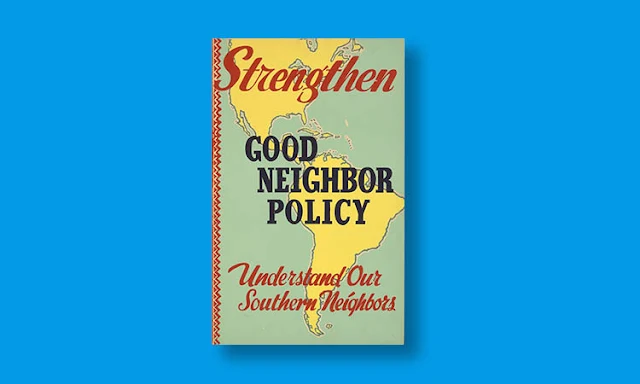The Good Neighbor policy was a foreign policy pursued by the United States in the 1930s, during the administration of President Franklin D. ...
The Good Neighbor policy was a foreign policy pursued by the United States in the 1930s, during the administration of President Franklin D. Roosevelt. The policy aimed to improve relations between the United States and the countries of Latin America and the Caribbean by promoting cooperation and mutual understanding between the two regions.
The Good Neighbor policy was a response to a number of challenges facing the United States in the 1930s, including the rise of authoritarian regimes in Latin America and the growing influence of European powers in the region. The policy sought to counter these challenges by promoting democracy, economic development, and social justice in Latin America, while also working to protect the interests of the United States in the region.
To implement the Good Neighbor policy, President Roosevelt sent a number of high-level diplomatic missions to Latin America, including the Good Neighbor Missions led by former President Herbert Hoover. The United States also signed a number of agreements with Latin American countries, including trade and investment agreements, as well as cultural and educational exchanges.
The Good Neighbor policy was generally seen as a success, as it helped to improve relations between the United States and Latin America, and contributed to the development of a more cooperative and mutually beneficial relationship between the two regions. The policy was also seen as a departure from the more interventionist policies that had been pursued by the United States in the past, and was an important step in the development of a more respectful and collaborative approach to foreign relations.












COMMENTS